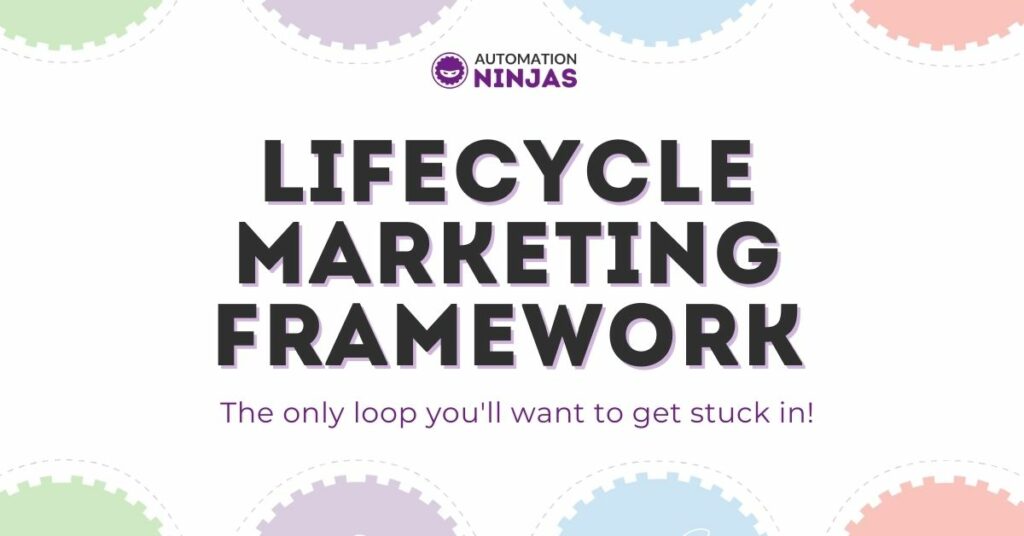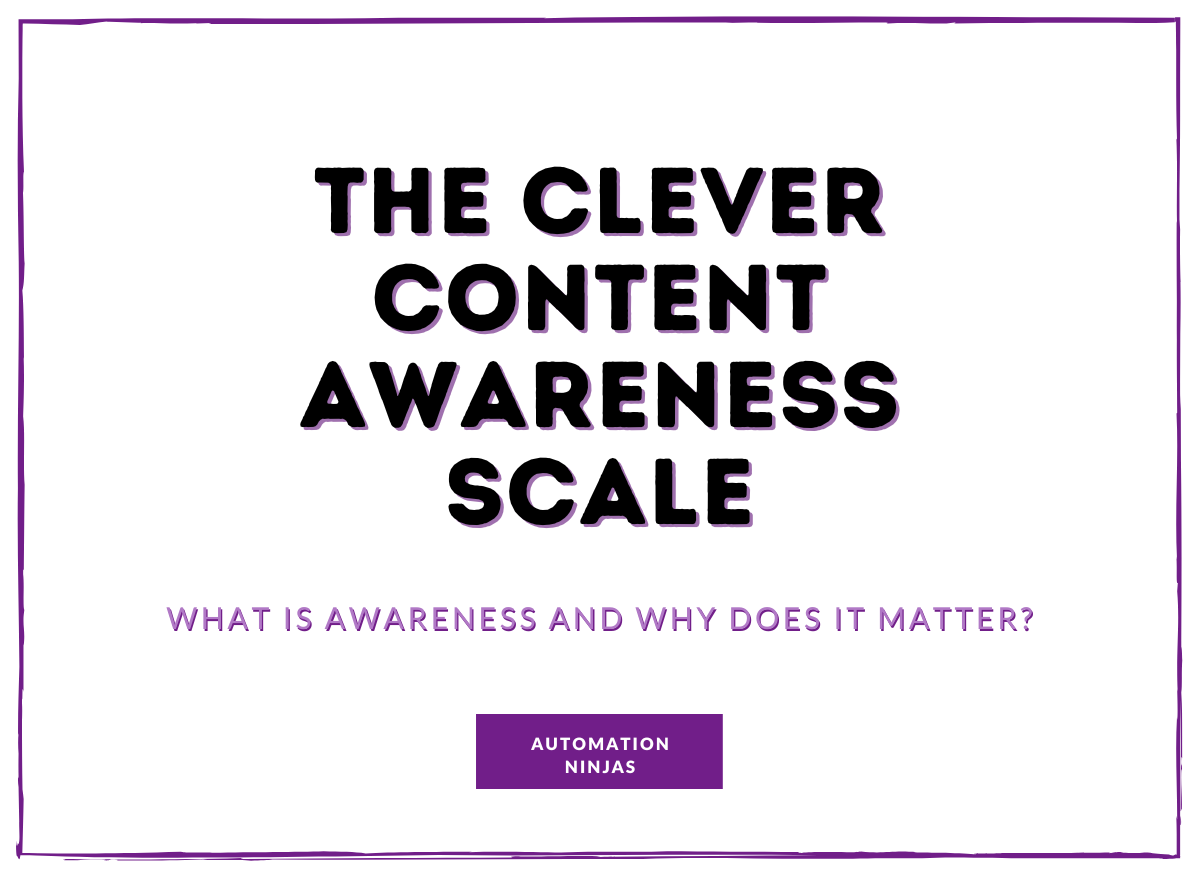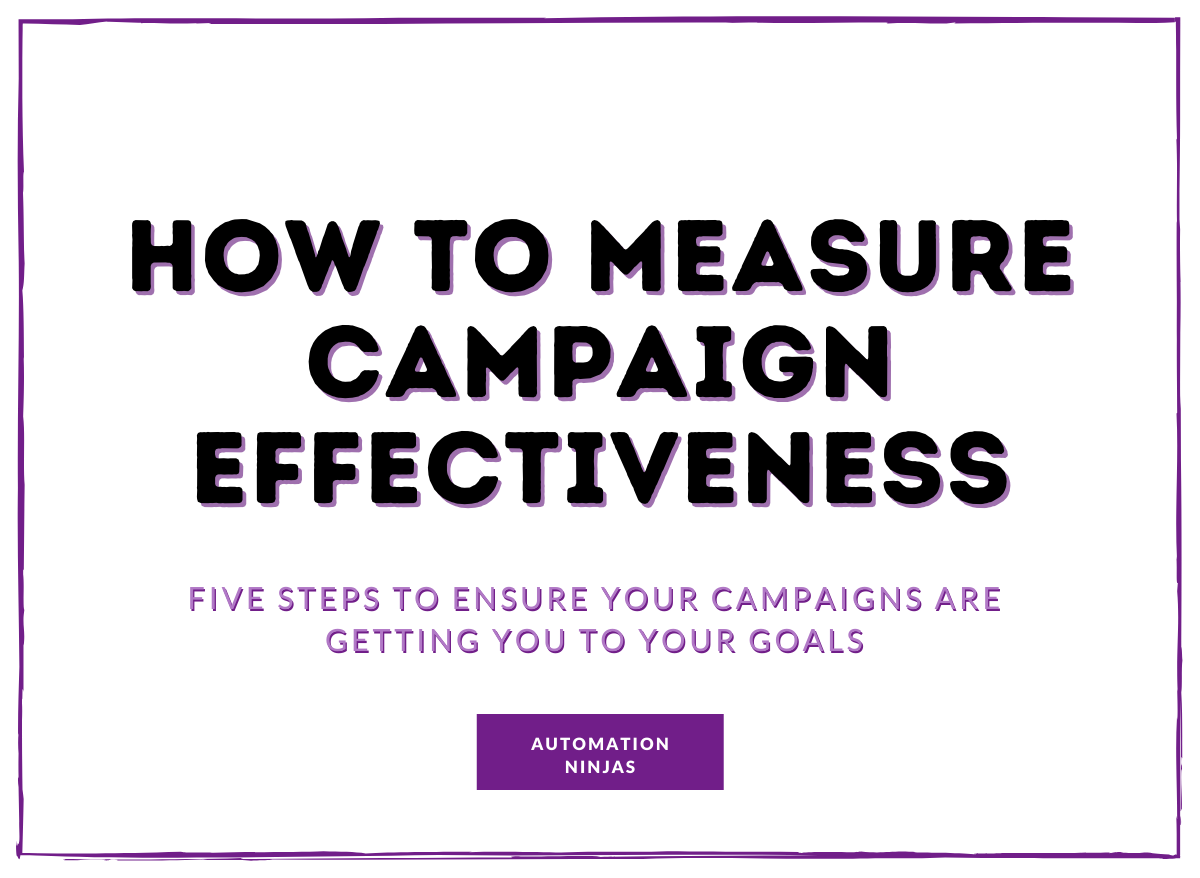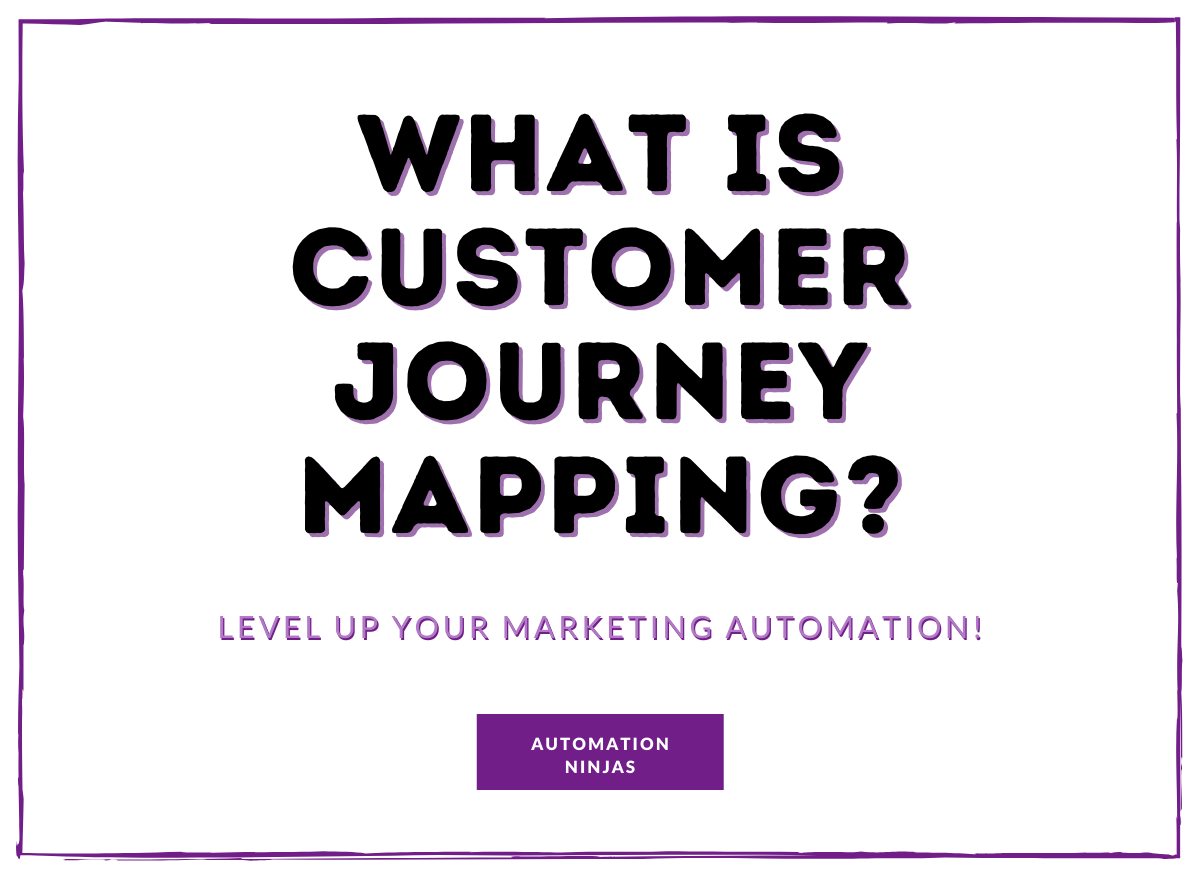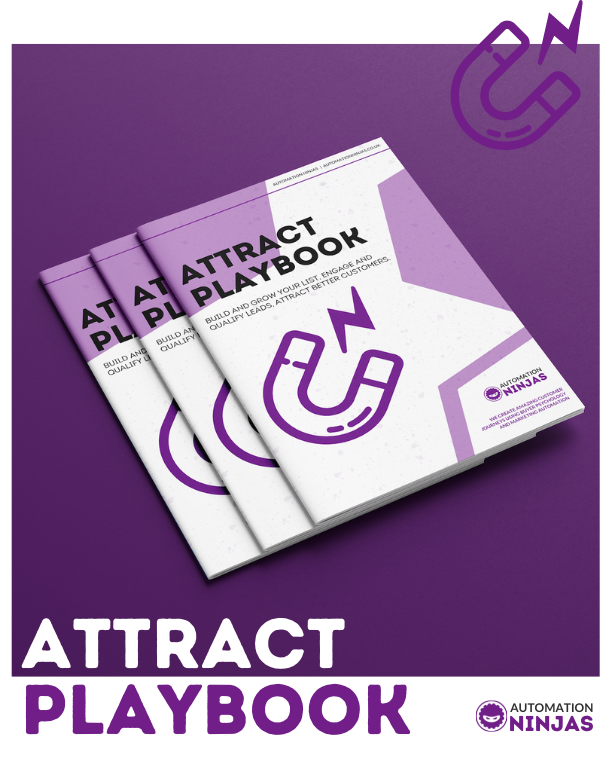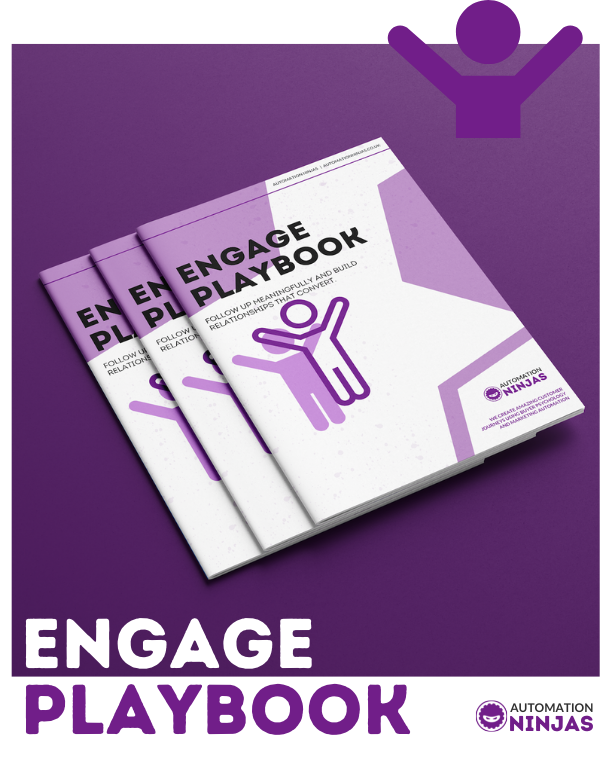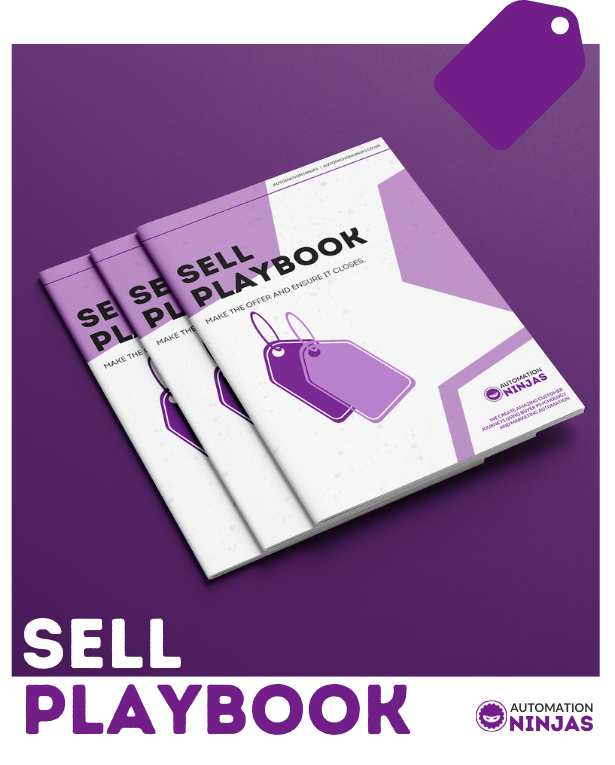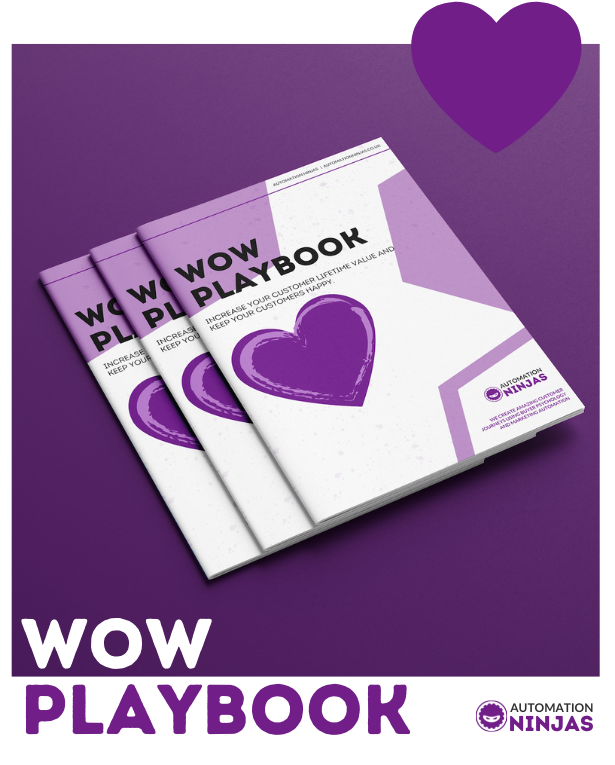Here at Automation Ninjas, we spend a lot of time asking people about their marketing goals. We’re interested in what your ideal marketing strategy looks like. And how we can help you get there. If you haven’t guessed by the title of this blog, the answer is *drum roll please* Lifecycle Marketing.
Whatever your marketing goals may be, lifecycle marketing should be at the root of it. When I explain lifecycle marketing to people as a concept, I like to think of it as the one key to open all of the marketing doors that may have been closed to you before.
Lifecycle marketing allows you to curate a customer journey for your leads that will keep them happy and coming back to you time and time again. That’s the real end goal for any business anyway, isn’t it?
In this blog, we’ll get our teeth into all things lifecycle marketing. Follow along and join me as we explore:
What lifecycle marketing is and why you should be using it if you’re not already
What a customer lifecycle is
And what to include in your lifecycle marketing strategy
Let’s get to it!
What is lifecycle marketing?
Lifecycle marketing is incredible. And is absolutely vital for all businesses. Big statement, I know. But stick with me, and by the end of this blog, I know we’ll both be singing the same tune.
Lifecycle Marketing is a strategy that allows you to market to both your new leads and existing customers while helping you create relationships that add value to both their lives and your business by understanding the value of the customer journey.
Lifecycle marketing is rooted in the idea that marketing is all about impressing your audience enough for them to turn into customers. You can only do that when you are committed to educating, validating and delighting your customers at every turn.
As I’m sure you may have grasped from the name, lifecycle marketing focuses on every interaction your leads or customers will ever have with you. That means from the first point of contact to retaining them as loyal customers that increase your CLV (customer lifetime value).
Why does lifecycle marketing work so well?
Lifecycle marketing works so well because it focuses on the entire Lifecycle of your consumer. This framework doesn’t end when the sale is closed, and there is money in the bank. Oh no, no, no. It continues long after that!
Many people struggle with hitting their marketing goals because once they have closed the sale, they forget about their customers. Before the sale, you sent them heaps of great content to educate and validate them. And now, all of a sudden... Nothing.

If you do that, you’re blowing hot and cold like an undecided boyfriend, and no one wants that. The likelihood is that your customer will now go elsewhere, and that’s the opposite of what you want. Lifecycle marketing encourages us to create a strategy that handles our customers with care throughout their entire lifecycle.
To be able to do this so brilliantly, the lifecycle marketing framework exists in four stages:
Attract. Engage. Sell. Wow.

Attract
Before you’re able to engage your leads, you need to attract them first. It’s not enough to create some content and have a brilliant product or service up your sleeve, awaiting the time that they’re ready to purchase. You need to take the time to get to know your audience. You need to really understand them.
What do they like? What do they hate? Why are they looking for you in the first place?
Top ninja tip: Creating a buyer persona will help you with this! Hubspot has a blog here with a free template to get you started.

Engage
So, now you know all there is to know about what will attract your ideal prospect, it’s time to get them engaged by ensuring they receive your awesome content.
Content can be so many things! Blogs, quizzes, videos etc. The aim of the game is to provide them with something that answers their questions, validates their concerns and provides them with useful information.
One piece of content is rarely enough to get anyone interested. It is absolutely vital that you’re consistent during the engage stage. If you’re consistently sending out the right kind of messages, your leads will begin to feel understood and valued, and you will begin to fortify a place in their lives as an expert.

Sell
At this point, your leads are engaged and full to the brim with all the knowledge that they need. This is the time to put an offer on the table.
Your marketing automation platform should let you know which content your prospects have been engaging with through the power of tags and UTM links. With that knowledge, you can offer your lead a product or service which speaks to their pain points or hones in on something that they need.
If you want to present them with an offer but you’re unsure about the challenges your prospect faces, it’s likely that you’re jumping the gun. If you can converse with your lead and confidently speak about how your product or service can help their specific needs, you’re on to a winner.

WOW
This stage is my personal favourite. This is the part of a lifecycle marketing journey where you deliver exactly what you said you would and then some.
Have you ever been in a store or dealing with a customer care team who have gone that extra mile for you? More often than not, if you’ve experienced this, that company will have a special place in your heart (and wallet).

Going the extra mile means that your customer will feel valued. And in turn, you’ll receive repeat business and a whole new network of contacts as they speak to those around them about the wonderful experience they had with you.
Unfortunately, many businesses stop as soon as the sale has been closed. If you do this, not one person in the situation is wow’d. You’ve lost the potential for repeat business, and they need to begin their customer journey allll over again.
But this time, it’s with one of your competitors. And you’re going directly against what lifecycle marketing encourages you to do.

What is a customer lifecycle?
At its most basic, a customer lifecycle is a series of steps your new leads will go through to become new customers and, eventually, loyal, repeat customers.
Your customer lifecycle is going to be unique to your business. It should be planned in the same meticulous manner that you would sit down and plan out a customer journey. This means it’s easier for you to keep your eye on the ball and not miss out on any important touch points for your customer.
Here is an example of a very basic customer lifecycle. In the working world, it would most likely be more complex than this (since when were humans ever simple?). But it will help you to solidify the idea.
1. An anonymous lead comes to your site to look at your products and services or to take in some of your content.
2. When they’re on your site, you have a lead magnet that tickles their fancy. You have a sign-up or opt-in form that needs to be filled out for them to access this content. They willingly exchange their details with you for access. Your lead is no longer anonymous as you have captured their details.
3. It’s time to engage! Based on the information you have about them and the content they’re absorbing, you can send them the relevant messaging and content that educates and validates them.
4. Once you have spent ample time engaging with your prospect, sending them content, building a relationship, and you’re sure they’re in a position to accept, you can put an offer on the table.
5. Excellent work! They accept your offer, and now they have moved on from being a lead to a customer.
6. Your work is done, right? Nope! Time to wow.
Put your best foot forward, and go the extra mile. Check in with them post-purchase. Are they happy? Hopefully, yes. If not, what can you do to reconcile and keep them onside and in their lifecycle? When you know that they’re as happy as can be, continue to send them relevant messaging and content.
Of course, a cycle goes round and round. In a customer lifecycle, you won’t need to attract them again and again, but you will have to keep them engaged and follow through with the steps that come after that stage.
What to include in your lifecycle marketing
At this point, we’ve established that lifecycle marketing is pretty great. And I know that if you’re currently not working from a lifecycle marketing framework, you’re probably ready to make it happen.
But before you rush off to do that, let’s consider what you need to include in your lifecycle marketing strategy to hit the ground running.
Content
When it comes to marketing, content is your bread and butter. It will enable you to demonstrate your expertise to your leads, validate their concerns and educate them along the way.
Since lead magnets are a form of content and most likely the way you’re going to obtain their details, you need to have some brilliant lead magnets positioned correctly on your website ready for the taking. You want to ensure that you have content that will speak to your leads at each awareness level.
- If you’re unfamiliar with the awareness levels or need a little more clarity on what they mean and how you can create content that is suitable for each, I have just the blog for you: The Clever Content Awareness Scale.
Making sure that you’re prepped with all of the cracking content that you need will mean that your customer will be able to move through their lifecycle journey swiftly without the need to go looking elsewhere for information.
Remember, the stronger your content, the stronger the relationship you can build with your customer. Strong relationships = long relationships!
Short Term Nurture Sequence
Every action that you take towards your lead from the moment that they first come into contact with you would be defined as nurture. Each step in your lifecycle marketing framework is as important as the last or the ones that are coming. So, you need a short term nurture sequence that will nurture the hell out of them and blow their socks off!
Spend the time curating the emails, content and other forms of communication that you’re going to be sending to your lead. Plan it out, make it airtight and make sure it’s locked into your marketing automation system so it can send them out.
An engagement campaign
I know you make amazing content. You know that you make amazing content. However, we can’t always assume that your leads know that. To battle this, you’re going to need an engagement campaign.
An engagement campaign is all about consistently adding value. Loads and loads and loads of value. With the knowledge that you have about your consumers from your buyer persona and some intensive research, you’ll know what it will take to get your leads to engage. This campaign will live inside of your short term nurture and will allow them to move on to the sale stage.
If you need a hand with doing that, you can find how to build a behavioural content plan here.
Time to get some customers stuck in a loop!
There you have it. Lifecycle marketing the Ninja way!
Earlier in the blog, I mentioned that by the time you reached the end, we would be singing the same tune. And, with all of your newfound knowledge about lifecycle marketing and how incredible it is, hopefully, we are.

“80% of your company’s future revenue will come from just 20% of your existing customer base.” With statistics such as these on the table, we know that lifecycle marketing isn’t something to brush off easily.
Opting to implement lifecycle marketing in your strategy means that you’re keeping your eye on the ball where most lose focus. With careful planning, time set aside to build content and the willingness to go the extra mile, you can’t go wrong.
If you’ve gotten this far and you feel like you could use a hand in getting your lifecycle marketing strategy and all of its components set up, you’re in the right place.
If you’re itching to get started, why not book a call with one of the Ninjas?

